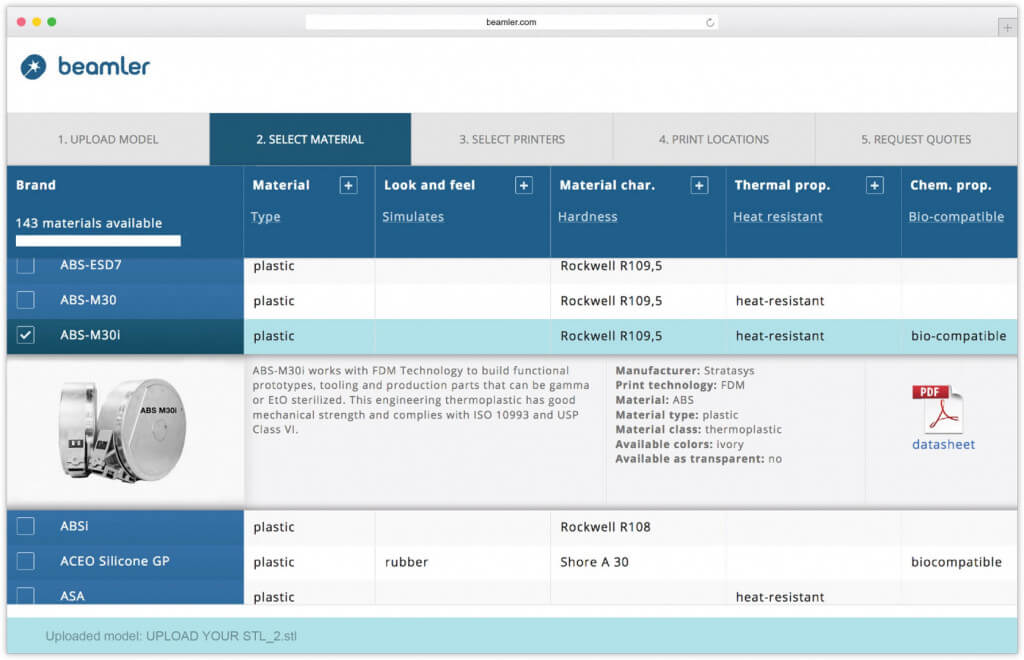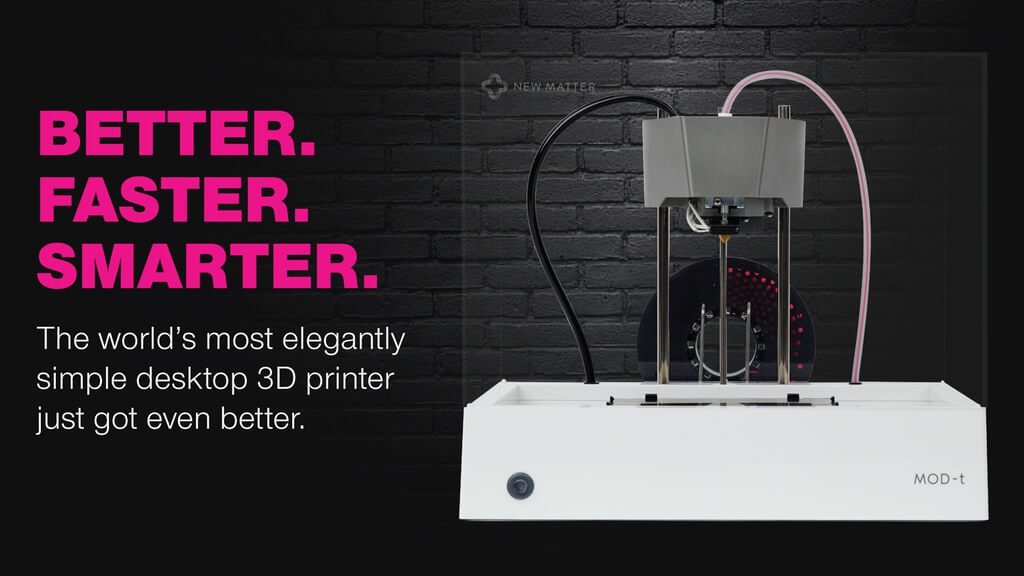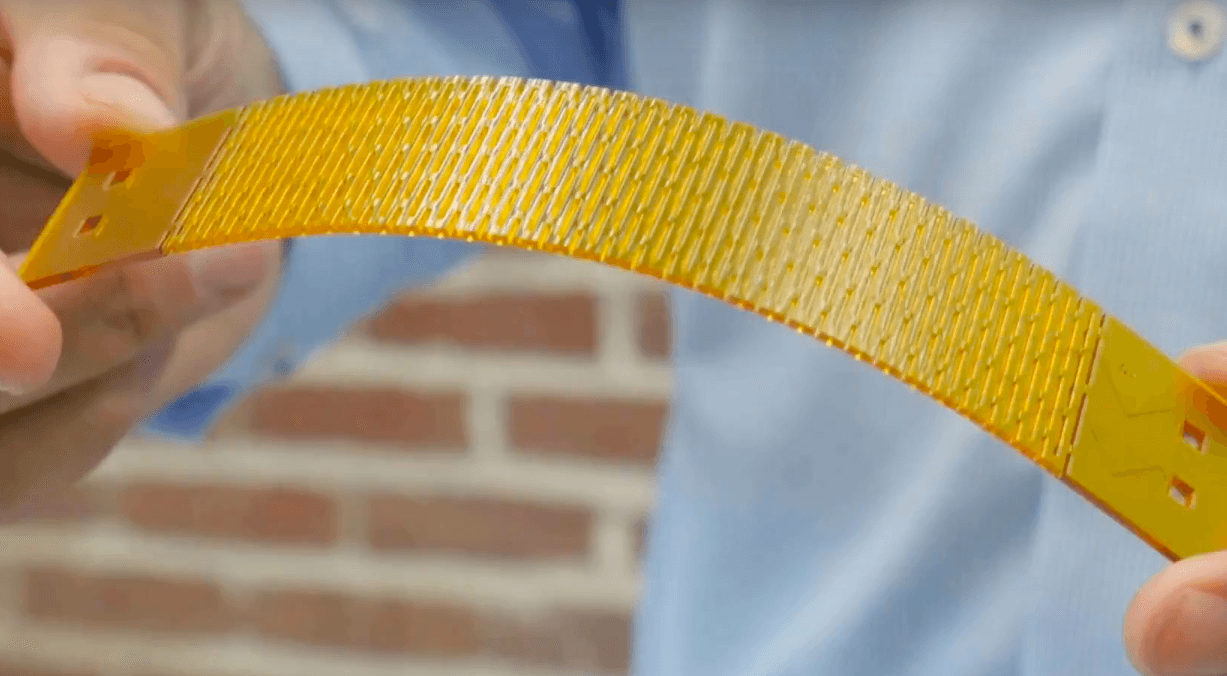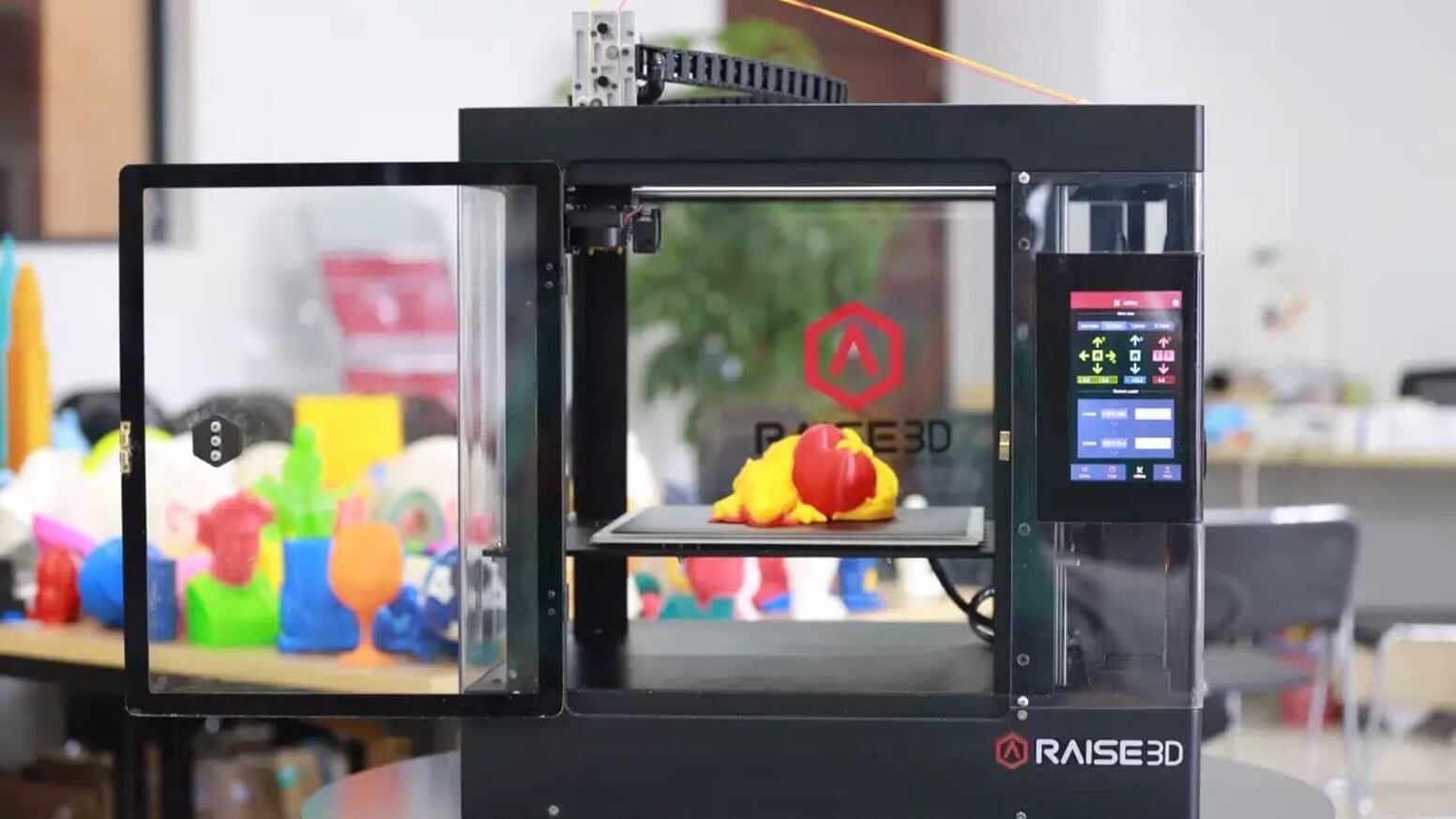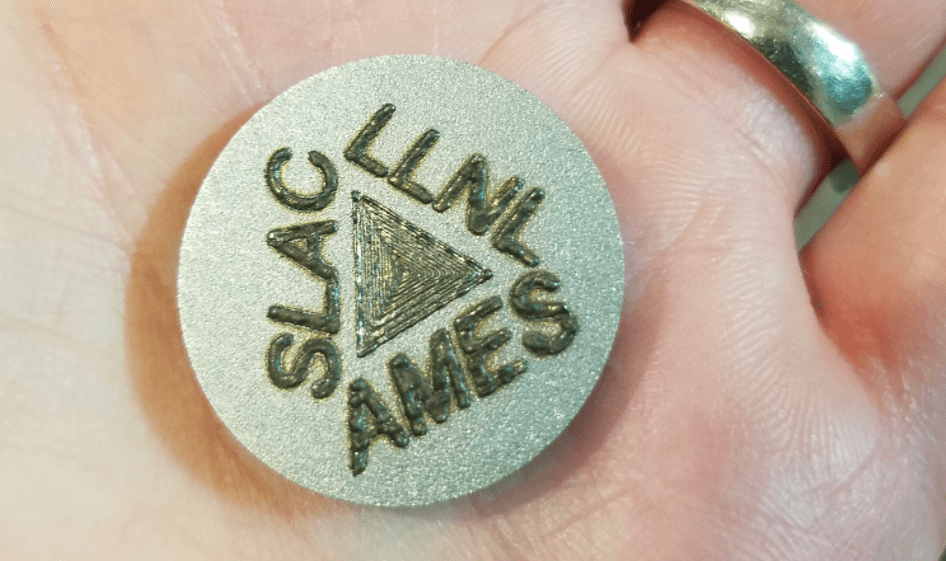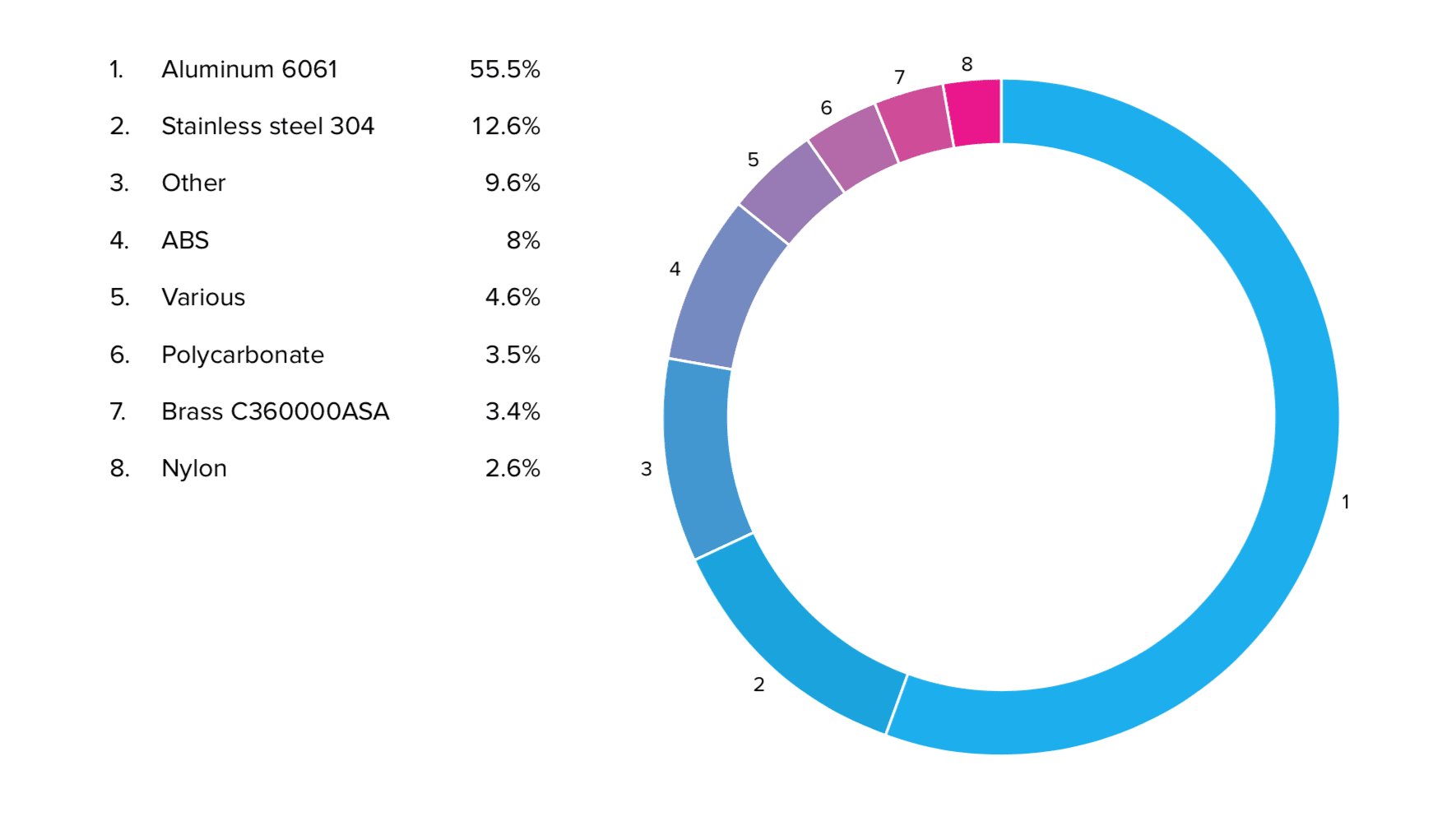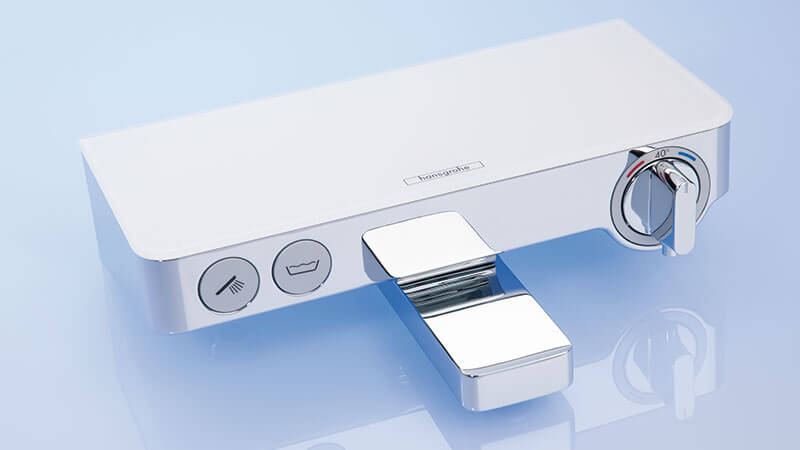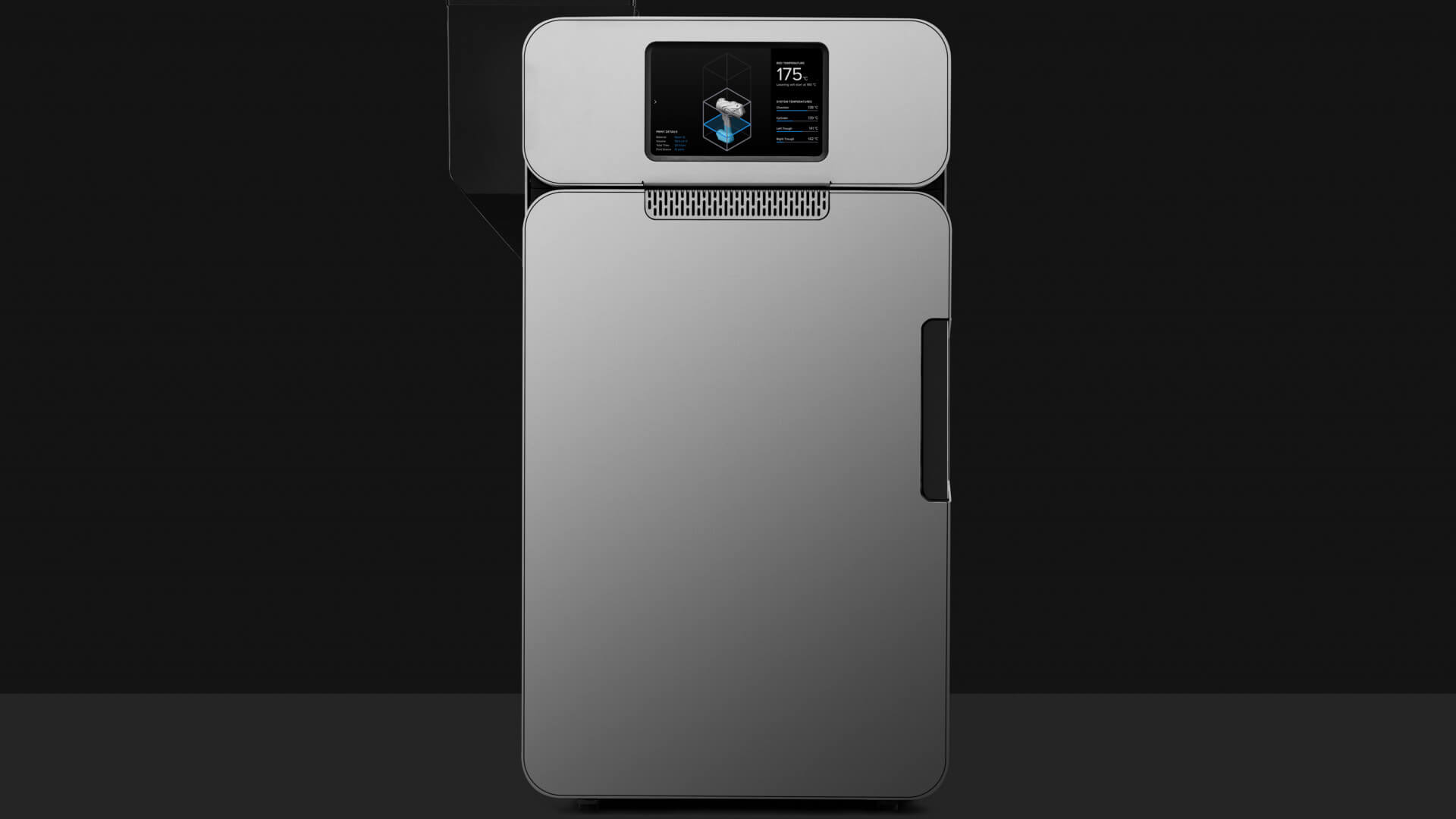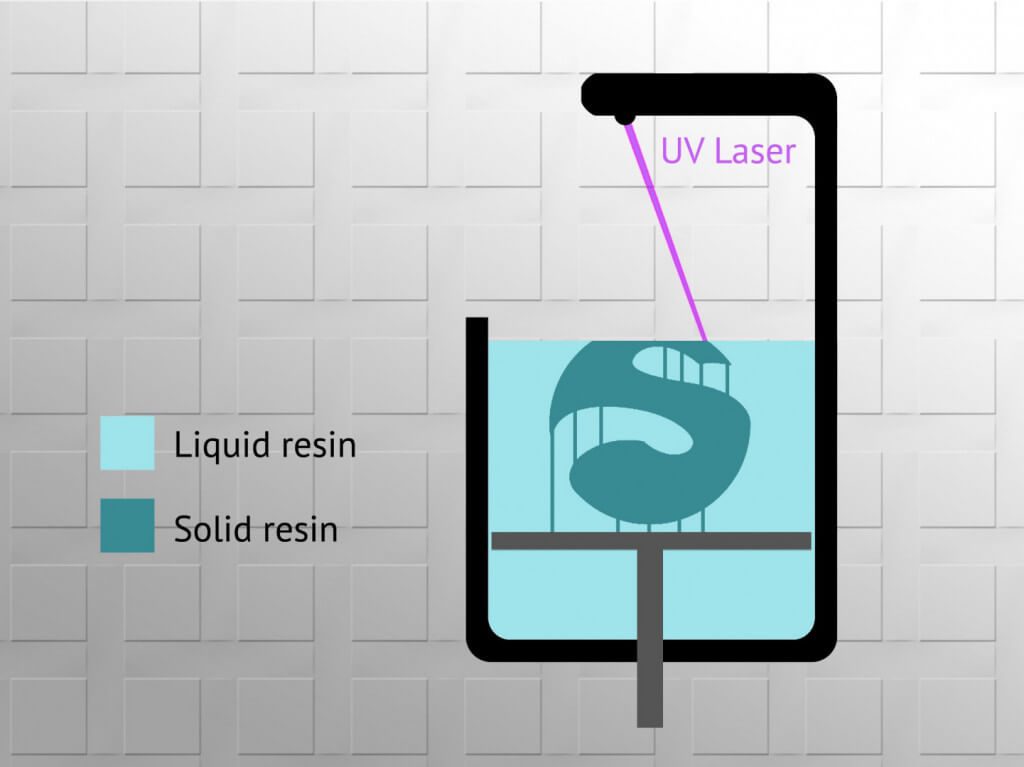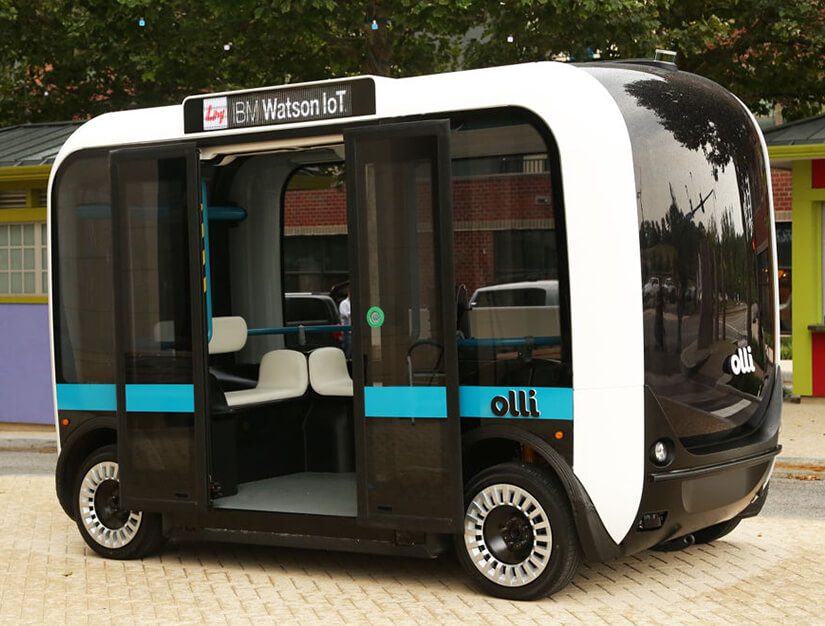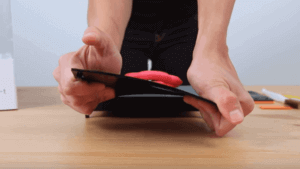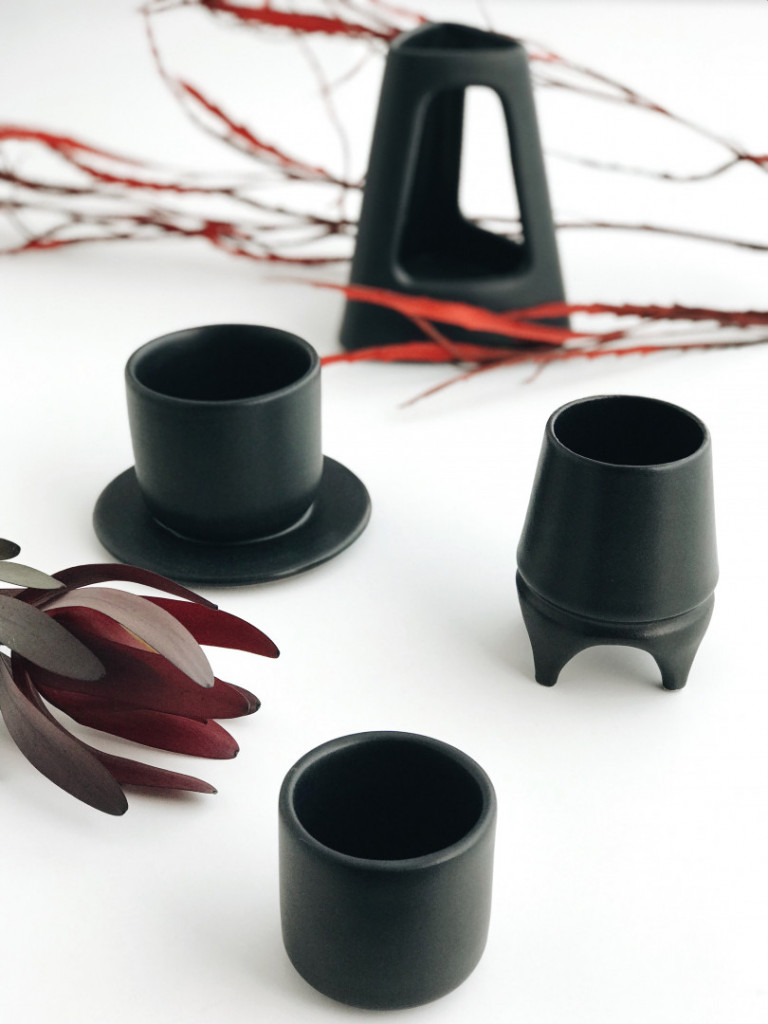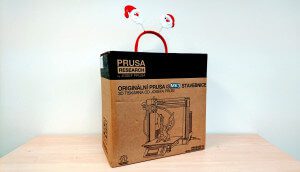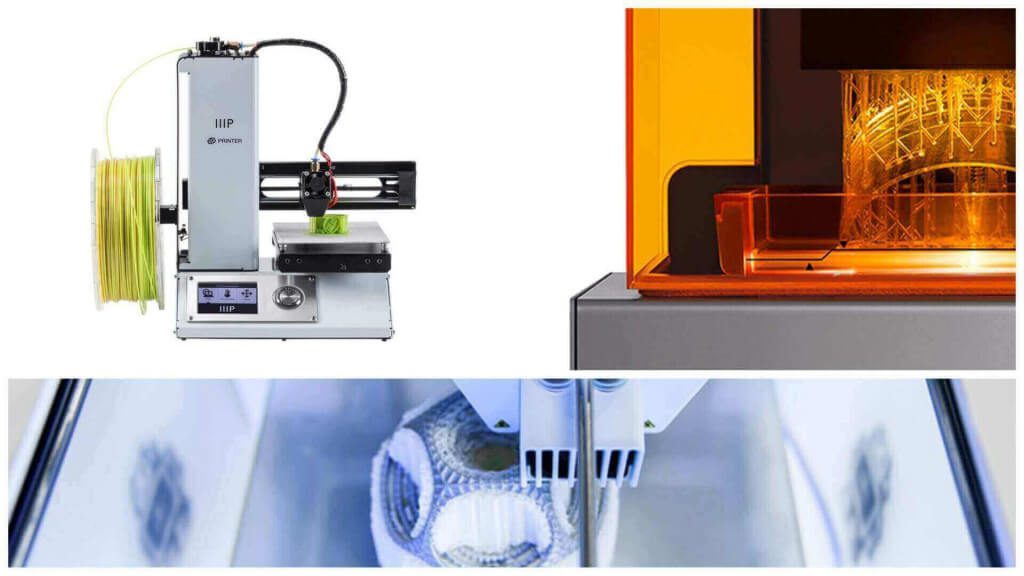Beamler, the company that provides 3D printing software for the industry, has just announced the acquisition of Printr. It will be fully integrated into the buyer’s portfolio.
Printr was founded in 2014 by students in the Netherlands. The company sought to make 3D printing more accessible. One of the major bottlenecks in 3D printing is the availability of software packages. Right now, designers require at least four software tools and the knowledge to use them.
That is why Printr developed The Element, a box that connects to a 3D printer and contains all the necessary software to solve the issue. It was meant to be a “one-size-fits-all” solution.
However, following a financing round of €750,000, Printr had to stop operation in October last year. The company cited unexpected industry developments as their reason.
As part of the acquisition, Printr will be integrated with Beamler to boost its product line-up and innovation.
Willem-Jan van Loon, Founder of Beamler explained that Printr’s ERP cloud system had been specifically developed for desktop 3D printers making it a pioneer in the market.
“This allows engineers to access different 3D printers at the same time from any computer through the cloud,” van Loon said.
“We see this technology as very promising and as a key solution for further development of our industry. The merger of our two businesses is great news for all our stakeholders and it accelerates the market. We intend to continue to invest and grow Printr technology. We will also incorporate different functions to our platform with the software version 1.1 at Q2 2018,“ he added.
Beamler provides 3D Printing Network
Beamler was originally established back in 2016 in Amsterdam. The company specializes in minimizing operational constraints across the 3D printing industry. Although ever more manufacturers are now implementing 3D printing technologies, a whopping 68% of them are facing implementation and operational issues.
Such inefficiencies are often due to a lack of information or capital requirements.
That’s where Beamler comes in. The company provides engineers and designers with 3D printing data to put them in touch with a worldwide industrial 3D printing network.
Therefore, engineers are able to develop and launch their products faster to market. In addition, companies are able to strategically assess decisions in regards to 3D printing.
Source: Beamler
Website: LINK
